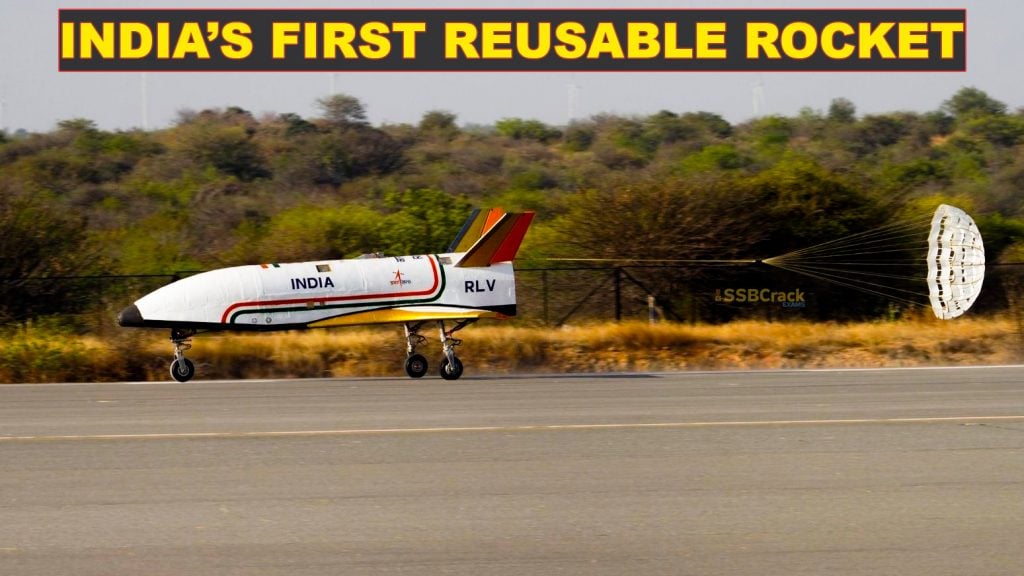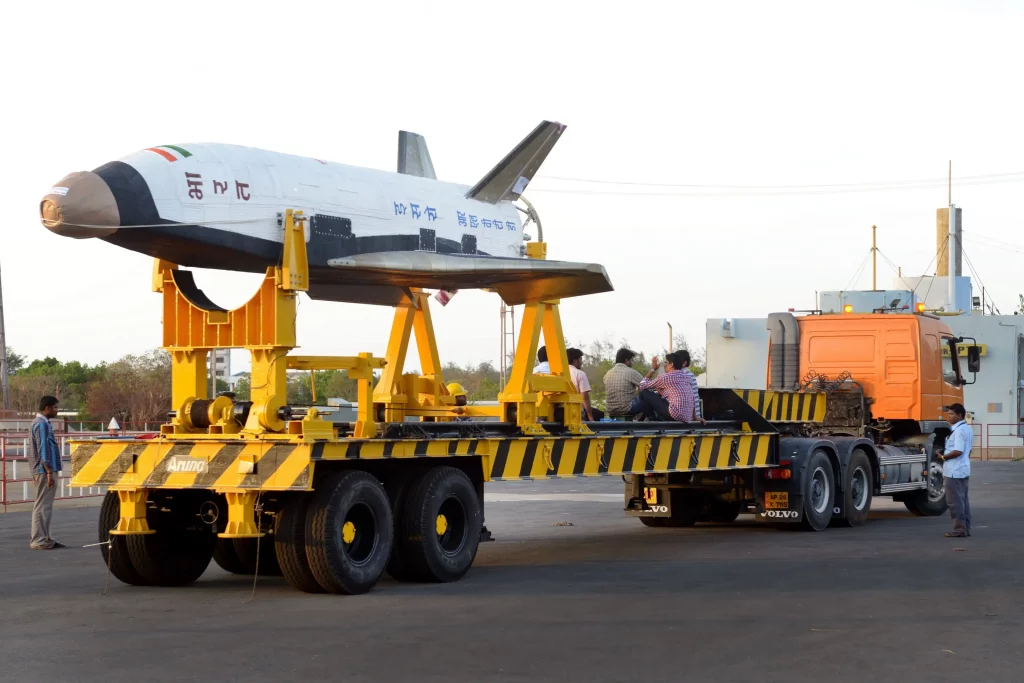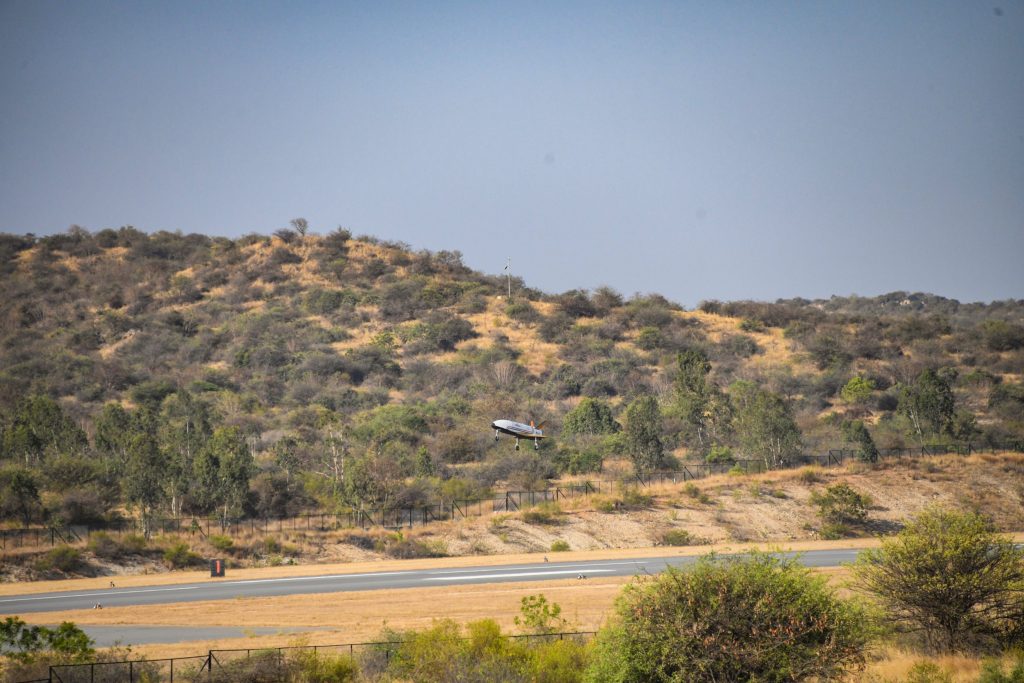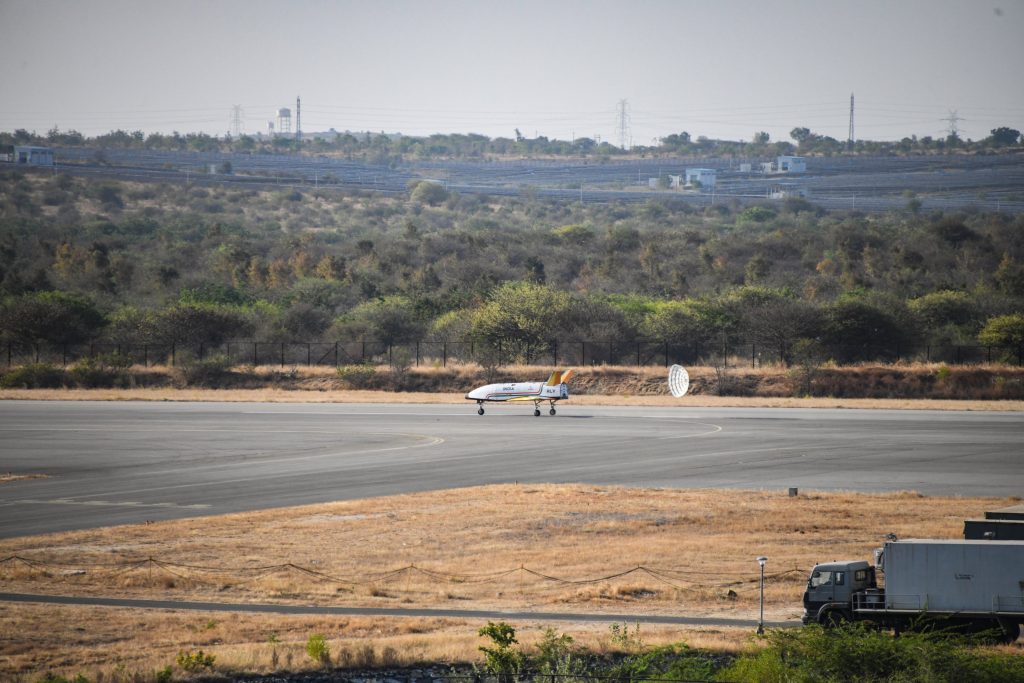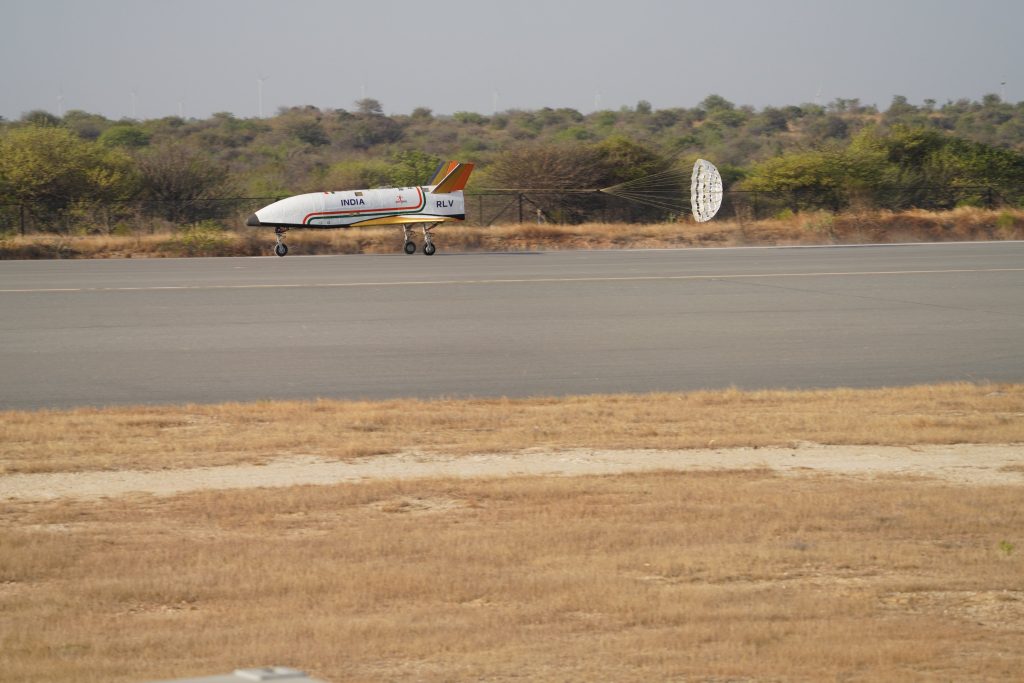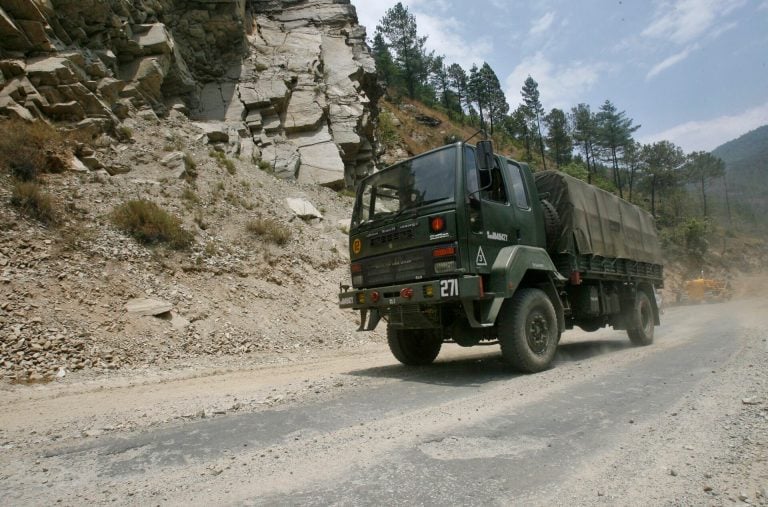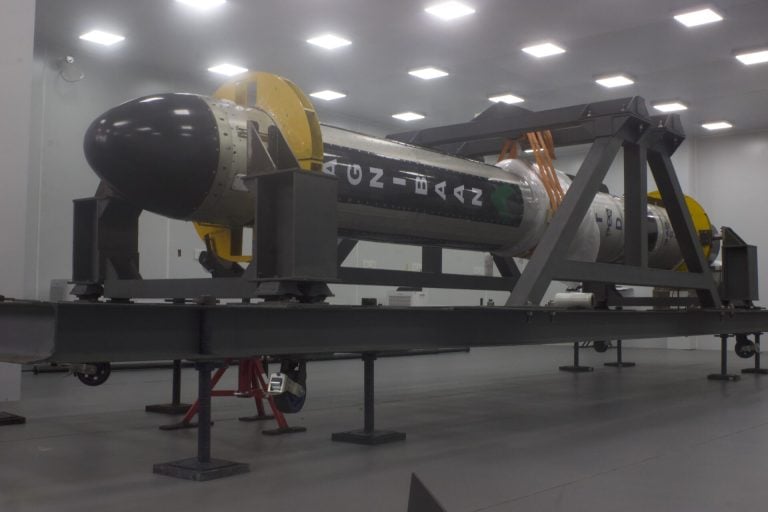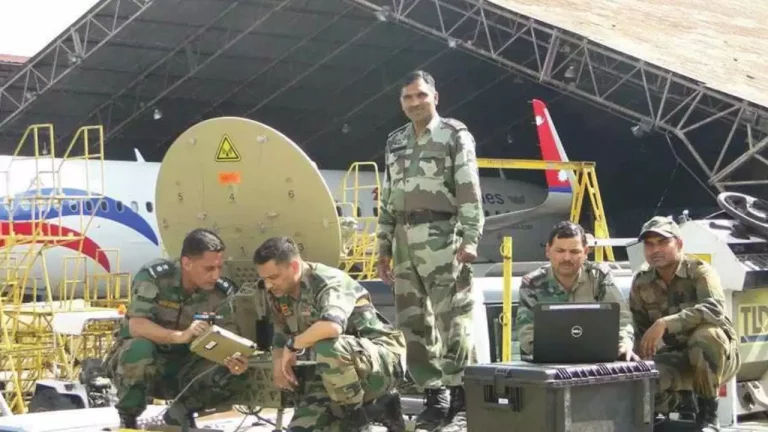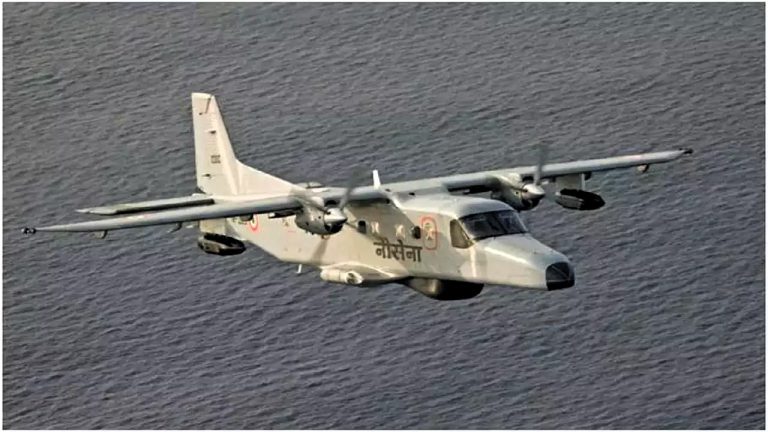The Indian Space Research Organisation has completed the Reusable Launch Vehicle Autonomous Landing Mission (RLV-LEX), bringing the realization of an Indian Reusable Launch Vehicle one step closer (ISRO). The trial took place at the Aeronautical Test Range in Chitradurga, Karnataka, and involved a winged body being lifted to an altitude of 4.5 km by an Indian Air Force Chinook helicopter before being released to perform an independent landing on a runway.
This is the first time a helicopter has released a winged body in mid-air and it has performed an autonomous landing. The RLV-LEX is essentially a space plane with a low lift-to-drag ratio that necessitated an approach at high glide angles and a landing at 350 kmph.
India’s First Reusable Rocket
The autonomous landing was carried out under conditions similar to those of a space re-entry vehicle landing, achieving landing parameters such as precise body rates, the sink rate of landing gears, and ground relative velocity. Several cutting-edge technologies were required to complete the Reusable Launch Vehicle Autonomous Landing Mission (RLV-LEX), including precise navigation hardware and software, a Pseudolite system, a Ka-band Radar Altimeter, a NavIC receiver, indigenous landing gear, an Aerofoil honeycomb fins.
ISRO created localized navigation systems with the help of pseudo-lite systems, instrumentation, and sensor systems. With the help of a Digital Elevation Model (DEM) of the landing site, the Ka-band Radar Altimeter provided precise altitude information. Extensive wind tunnel tests and CFD simulations enabled RLV aerodynamic characterization prior to flight.
The LEX mission completed the final approach phase along the re-entry return flight path with an autonomous, high-speed (350 kmph) landing. In 2019, the Integrated Navigation test was conducted, followed by multiple Engineering Model Trials and Captive Phase tests in subsequent years.
The test was carried out in collaboration with the Indian Air Force, the Centre for Military Airworthiness and Certification (CEMILAC), the Aeronautical Development Establishment (ADE), and the Aerial Delivery Research and Development Establishment (ADRDE). Multiple sorties were conducted to perfect the release conditions, with the Secretary of the Department of Space and ISRO Chairman S Somanath present.
The successful RLV-LEX test demonstrates that adapting modern technologies developed for RLV-LEX can reduce the cost of ISRO’s other operational launch vehicles. This success follows ISRO’s demonstration of the re-entry of its winged vehicle RLV-TD in the HEX mission in May 2016, which was a significant achievement in the development of Reusable Launch Vehicles.
To crack the SSB Interview and join the Indian Army as an Officer, You can join our SSB interview live classes batch and we recommend you to Enroll SSB INTERVIEW ONLINE COURSE. Trusted by thousands of defence aspirants.
Also read:
- 14 Inspiring Achievements Of ISRO
- About ISRO’s Inflatable Aerodynamic Decelerator (IAD)
- Top 7 Rockets Launchers By ISRO [Fully Explained]
- Complete List Of ISRO Launchers [Must Watch]
